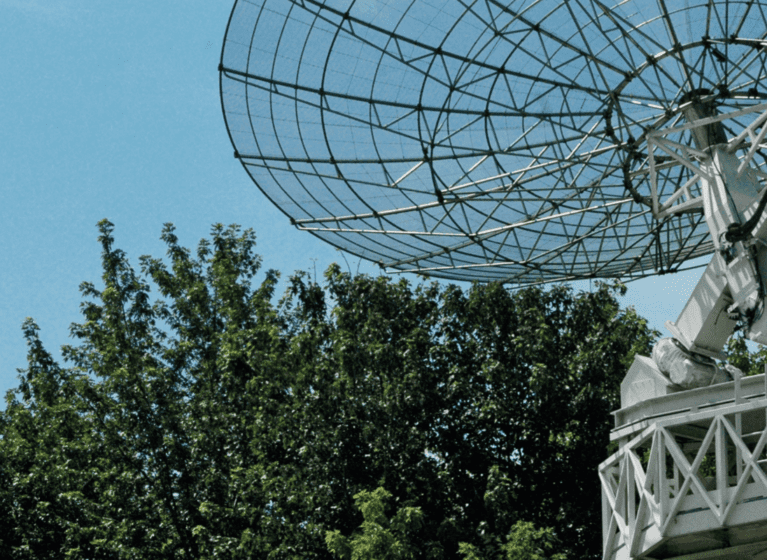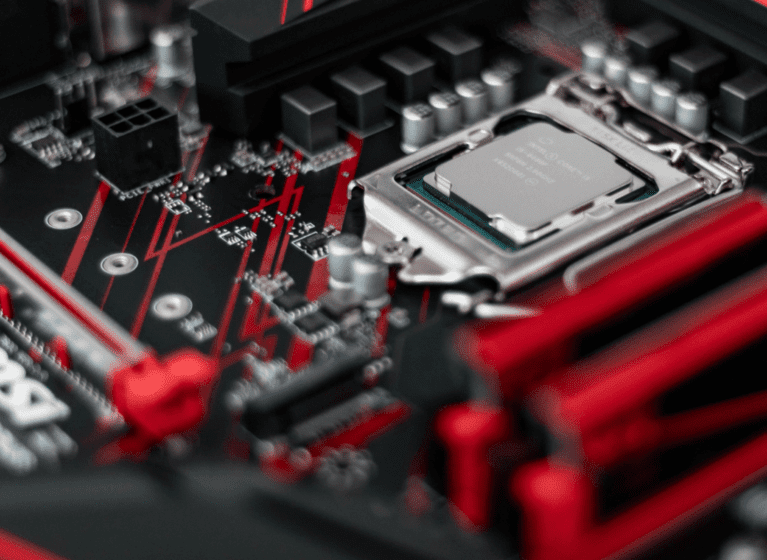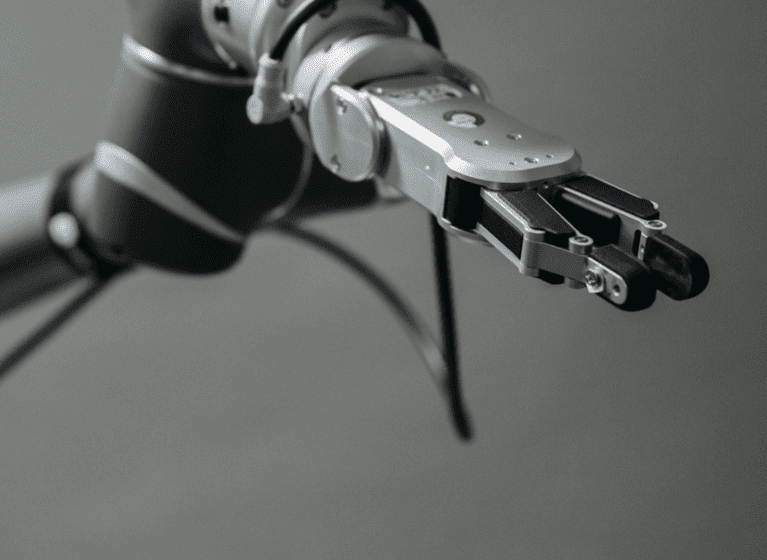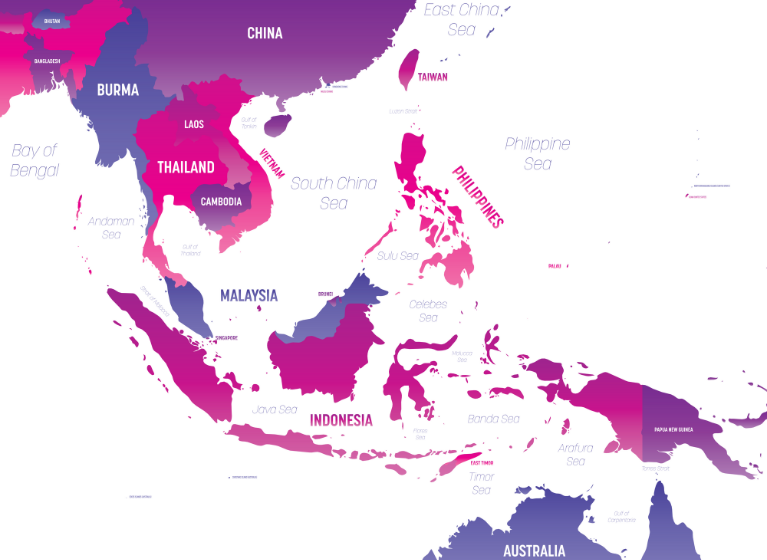Many Australian companies will be familiar with the pre-grant patent oppositions that are available under Australian law. Similarly, many Australian companies will be familiar with post-grant patent oppositions before the European Patent Office. However, until recently there has not been an attractive avenue for a third party to attack a patent in the US. With the advent of two ‘patent opposition’ type processes: inter partes review and post-grant review, there are now relatively cost effective and quick options to attack a granted patent in the US before the USPTO.
In September 2012 the America Invents Act introduced administrative procedures for intervening in granted US patents. This article is concerned with two procedures for attacking a US patent, inter partes review and post-grant review. For a summary of other procedures before the US Patent Office for attacking the validity of patents, please refer to an earlier article by our firm which can be found here.
Inter partes review
Inter partes review (IPR) can be initiated 9 months after the grant of a patent or, after a post-grant review (PGR, discussed below) has concluded. The grounds of attack are restricted to only prior art grounds of invalidity – lack of novelty and obviousness. All patents regardless of priority date can be attacked via IPR.
Australian and European patent oppositions are initiated upon filing a notice of opposition without the respective Patent Office having a discretion to refuse the opposition. However, for IPR to be instituted, the attacking party must convince the USPTO that an IPR is warranted. The standard of proof required to justify the commencement of IPR is for the attacking party to establish a reasonable likelihood that they will prevail on at least one claim. This hurdle does not appear to be significantly difficult to overcome as an analysis of USPTO statistics suggested that in the US financial year of 2013 and 2014 through to 12 June 2014, of the 684 decisions on the commencement of IPR, 539 trials were instituted. This suggests that about 80% of petitions for IPR achieve a decision to institute the proceeding. The USPTO appears to be taking about 4 to 5 months after filing a petition to decide whether or not to institute IPR.
Recent history suggests that initiating an IPR can also assist to bring a patentee to the negotiating table. Of the IPR initiated in US financial years 2013 and 2014, almost 25% ended in a settlement.
Why choose IPR?
- Cost – While the average cost of IPR is difficult to estimate, it is clearly much less than proceedings before a US Court.
- Speed – Another attractive aspect of IPR is the speed at which the process occurs. A final decision must issue within 12 months after the IPR is instituted.
Chance of success – In IPR, the claim construction standard adopted is the USPTO standard of the ‘broadest reasonable interpretation’ which almost always leads to broader constructions than what would be arrived during litigation before a US Court. Accordingly, without the tension between infringement and validity that influences claim construction in Court proceedings, a third party attacking a patent can encourage a broad interpretation of terms in a claim to increase the likelihood of a successfully invalidating the patent.
There is no presumption of validity in IPR (or PGR, see below) because the patentability, and not the validity, of the claims is being challenged which means that the burden of proof required for the third party to successfully attack the patent is lower than before a US Court.
Post–grant review
Post-grant review (PGR) can be instigated within nine months of grant of a US patent. PGR applies to patents subject to first-inventor-to-file provisions, in other words to patents issuing from applications having an effective filing date after 16 March 2013. Almost all grounds of invalidity, i.e. lack of novelty, obviousness, lack of patentable subject matter and lack of enablement and written description, may be raised. The aim of the PGR is to have all issues resolved within 12 months of initiation of proceedings (although a 6 month extension is available).
Similar to IPR, for PGR to commence the attacking party must establish that at least one challenged claim is more likely than not to be deemed unpatentable.
Given that PGR is only limited to those patents that have an effective filing date after 16 March 2013, it is not surprising the numbers of PGRs initiated have been relatively low compared to IPR discussed below. However, the attractiveness of PGR is the breadth of grounds available to a third party. While the recent guidelines issued by the USPTO for determining subject matter eligibility of claims reciting or involving laws of nature, natural phenomena, & natural products have proven controversial for patent applicants, they do provide an opportunity for third parties looking to attack a US patent. These guidelines are not binding on a US Court but are likely to open the door to attack certain patents via PGR on the basis that they lack patentable subject matter.
IPR as part of litigation strategy
IPR can be used in the context of US litigation although the interplay between litigation and IPR is complex. What is clear is that one has the capacity to significantly influence the other. For example, if a patent is asserted against a party in a District Court, that party can file a petition for an IPR within 12 months of the commencement of litigation. This provides a real opportunity to end the litigation by invalidating the claims of the asserted patent. For this approach to be successful, the party must convince the District Court judge to stay the pending litigation. The relationship between litigation and IPR will continue to evolve over time.
Where the technology at issue in the relevant patent is particularly complex it may be beneficial to pursue an IPR as the Administrative Patent Judge who will decide the IPR is more likely to have an engineering or science background than a District Court judge.
There are rather broad estoppel provisions for IPR which must be taken into account when considering IPR as part of an overall litigation strategy. For example, the IPR estoppel provisions prevent the attacking party from requesting or maintaining an action before the USPTO and, more importantly, prevent the attacking party from asserting that a patent claim is invalid in a District Court proceeding on any ground that the party raised or reasonably could have raised during the IPR.
Global opposition strategy
Australian companies looking to attack a competitor’s patent portfolio have previously been restricted in the viable options available to challenge a US patent. This is particularly the case for small to medium sized companies that would generally seek to avoid costly Court proceedings and were therefore limited to restrictive proceedings before the USPTO. Both PGR and IPR now provide real options for Australian companies to challenge US patents and both can fit neatly into a global strategy of attacking a patent family.




















